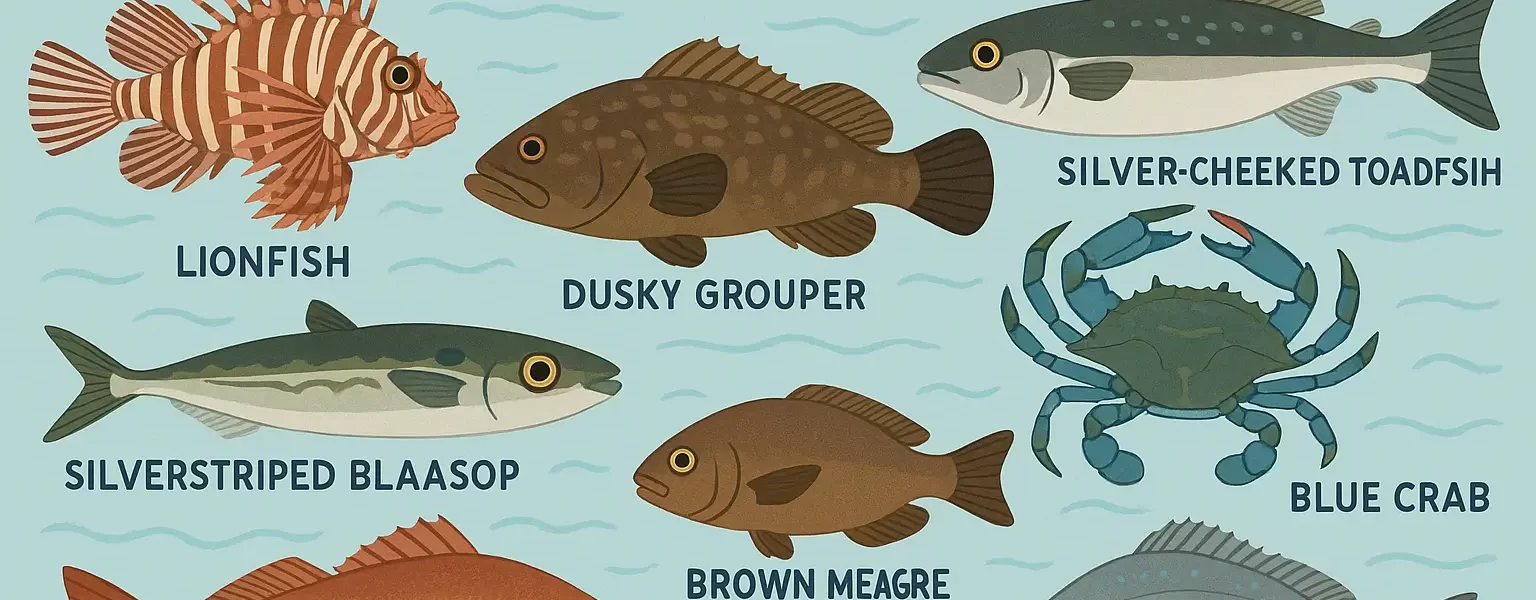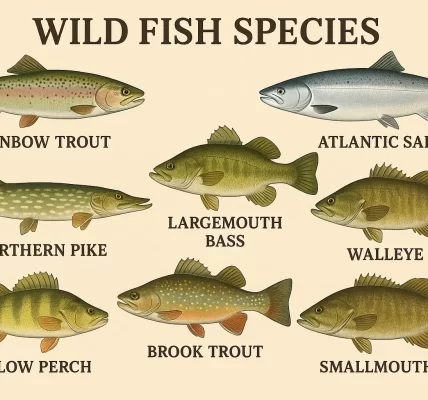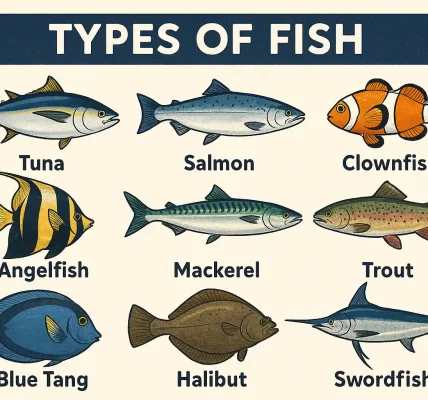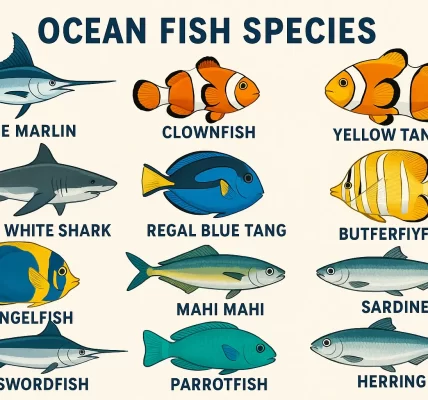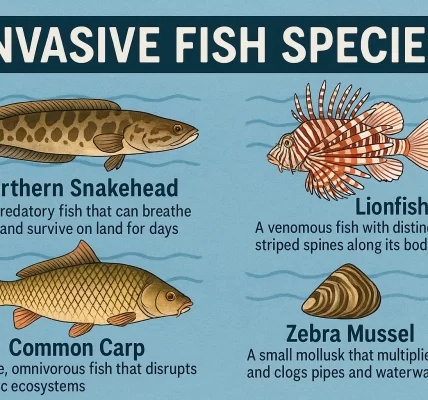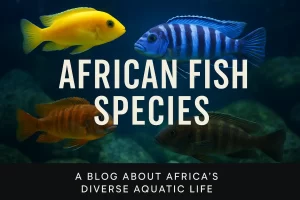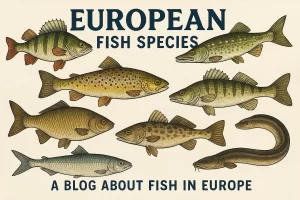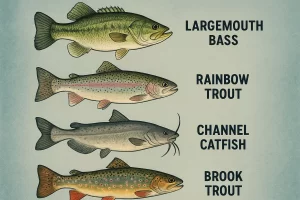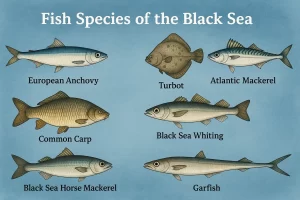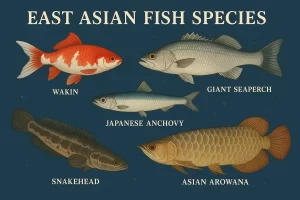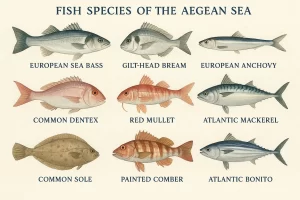Invasive Species in the Aegean Sea
Invasive Species in the Aegean Sea: A Growing Threat to Marine Ecosystems
The Aegean Sea is a biologically rich and economically vital body of water, shared by Turkey and Greece. However, in recent years, the increasing presence of invasive marine species has emerged as a serious threat to this delicate ecosystem. Invasive species can outcompete native organisms, disrupt food chains, and damage commercial fisheries. In this article, we explore the causes, common species, ecological impacts, and management strategies related to invasive species in the Aegean Sea.
What Are Invasive Species?
Invasive species are organisms introduced to areas outside their native habitat, where they often thrive unchecked and spread rapidly. In the absence of natural predators or controls, these species can dominate local ecosystems, leading to biodiversity loss and ecological imbalance.
Why Are They Increasing in the Aegean Sea?
- Suez Canal Migration: The opening of the Suez Canal has allowed Red Sea species to enter the Mediterranean, and many have reached the Aegean.
- Climate Change: Warmer sea temperatures have made the Aegean more hospitable for tropical and subtropical species.
- Ballast Water Discharge: Global shipping traffic introduces non-native species via ballast water released in ports.
Notable Invasive Species in the Aegean Sea
1. Lionfish (Pterois miles)
Originally from the Indo-Pacific, lionfish are now well-established in parts of the Aegean. These venomous fish prey on small fish and invertebrates, reducing native populations. Their spines pose a risk to divers and fishermen.
2. Silver-cheeked Toadfish (Lagocephalus sceleratus)
This toxic pufferfish contains tetrodotoxin, a substance deadly to humans if consumed. It also causes damage to fishing gear with its strong teeth and is spreading rapidly across the Aegean Sea.
3. Brittle Star (Ophiothela mirabilis)
This invasive invertebrate damages coral reefs by covering and weakening the coral structure, contributing to the decline of reef habitats.
4. Dusky Spinefoot (Siganus luridus)
This herbivorous fish feeds on algae and sea grass, competing with native species and degrading important nursery habitats for juvenile fish.
Ecological and Economic Impacts
The proliferation of invasive species in the Aegean Sea has serious consequences:
- Loss of Biodiversity: Native species are pushed out of their natural habitats or eliminated entirely.
- Fisheries Damage: Invasive species disrupt commercial fishing operations by damaging gear and reducing catch.
- Human Health Risks: Toxic species like the silver-cheeked toadfish pose direct health hazards if handled or consumed.
Methods to Control Invasive Species
1. Early Detection and Monitoring
Identifying invasive species before they become established is key to effective management. Scientific surveys and reports from local fishermen are valuable tools in detection efforts.
2. Public Awareness Campaigns
Educating fishermen, divers, and coastal communities about the dangers of invasive species — especially toxic ones — can reduce accidental spread and handling risks.
3. Incentivized Fishing
In Turkey, for example, the government provides financial incentives for catching invasive species like the silver-cheeked toadfish to reduce their numbers.
4. International Cooperation
Cross-border collaboration with Greece and other Mediterranean countries is crucial for monitoring and managing invasive species on a region

